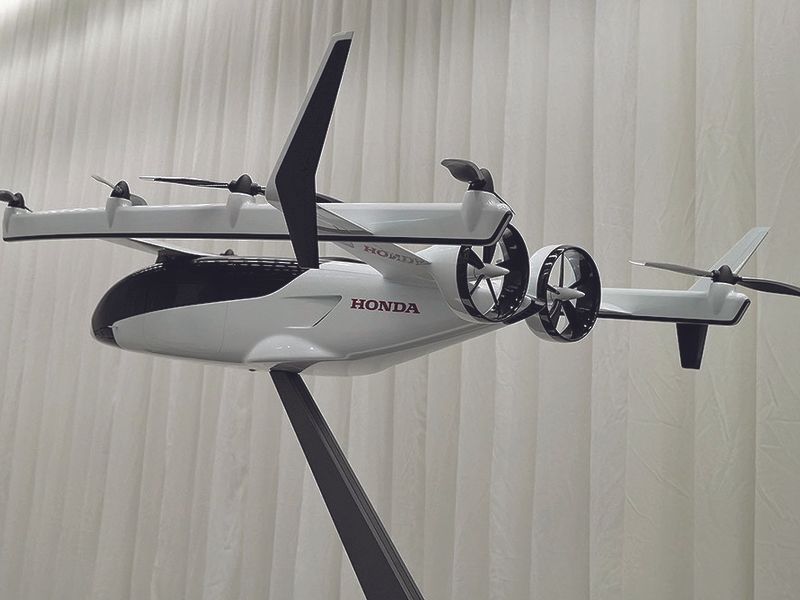
TOKYO — Honda Motor Co., which will phase out internal combustion products by 2040, has now unveiled plans to reinvent the company in business areas that are truly out of this world.
Under a road map unveiled last week, the automaker said it will branch into electric air mobility vehicles, avatar robots and even reusable rockets to launch satellites into space.
Topping the list of new directions, which will be handled by Honda R&D, is electric vertical take-off and landing, or eVTOL, aircraft. It is a sector increasingly being explored by rival automakers, including South Korea’s Hyundai Motor Group.
But with Honda, it parlays nicely with the company’s long-standing jet business.
To overcome the limitations of short-range battery-powered flight, Honda will equip its eVTOL aircraft with a gas turbine hybrid power unit. Honda wants to conduct a test flight in 2024 and decide on the viability of the business by 2025. If it gets the green light, the goal is to go commercial by 2030.
Another new focus area will be avatar robots — machines with arms, hands and fingers that motion-capture real human movement to “make virtual mobility possible.” Honda wants to demonstrate this technology by March 31, 2024, and put it into practical use in the 2030s.
Meanwhile, Honda is targeting the frontier beyond Earth’s gravitational pull.
In addition to developing small reusable rockets for satellite launches, Honda’s goal is to build renewable energy systems that can be used on the moon, by leveraging fuel cell systems that use hydrogen harvested through the electrolysis of water found there.
Honda said it began research with Japan’s space agency in February.

